Okayama-based design firm Nottuo utilised the region’s abundant natural resources to create a sophisticated modern ryokan that integrates traditional Japanese architectural cues.

July 29th, 2022
Nestled in an untouched corner of Naoshima, one of Japan’s ‘art islands’ found within Kagawa Prefecture, is a new addition to the island’s hotel facilities in the form of a modern luxury ryokan that champions the region’s abundant nature. Open in April this year, Naoshima Ryokan ROKA is designed by Okayama-based design firm Nottuo led by Kouhei Suzuki and Hironori Fujioka.
The hotel comprises two main buildings connected by a covered walkway with a central small pavilion housing a central irori sunken fire hearth. Whilst the main building comprises the hotel entrance, a cafe/bar and restaurant, the adjacent annex houses eleven spacious guest rooms, each with their own private bath. The central sunken hearth was designed to encourage new dialogues and connections amongst guests.

The ryokan, a timber-clad steel structure, was constructed on the site of a former rice field. Located in a valley flanked by mountains, Fujioka, who led the architectural design, notes that the locale created suitable conditions for growing rice fields. “The site’s positioning from east to west presents the mountains in front and behind that are not high, so there is generous sunlight in the direction of a pleasant breeze.”
Designed as a single-storey building in order to remain unobtrusive to enhance the experience with nature, the designers eliminated any unnecessary distractions. Nottuo co-founder, Suzuki, who oversaw ROKA’s branding and interior, explains, “By daring to create a blank space that is not drawn or explained, it creates a range of interpretation through contemplation, consideration, and imagination. We intentionally designed a low-rise architecture so that it blends in with the surrounding landscape, rather than having the building stand out and make a statement in its location surrounded by mountains.”

Intending to embrace the region’s abundant nature and natural resources, the Naoshima Ryokan ROKA’s exterior is covered with tsuchi-kabe earth-clad walls with timber panels made from shou-sugi-ban charred cedar. Suzuki says, “The ryokan is strongly intended to be unique to the area, using natural materials from the Seto Inland Sea such as earthen walls made of Awaji Island soil, Tosa Washi paper from Kochi, Aji stone from Kagawa, granite from Naoshima, and cedar and cypress from Okayama.’ He continues, “By using natural materials such as wood, stone, and soil, each of which has a different expression, rather than standardised industrial products, we hope that when one looks at the details, one will discover shapes and textures created by nature.’
Whilst a traditional Japanese ryokan is typically designed as a private and enclosed space, ROKA presents a modern reinterpretation with a sense of transparency and openness. Large floor-to-ceiling glass windows act as sliding doors, framing the exterior gardens and native shrubbery. Embracing nature in its design, the hotel is a sophisticated new addition to the island.
Nottuo
nottuo.com
Naoshima Ryokan ROKA
ryokancollection.com/ryokan/roka

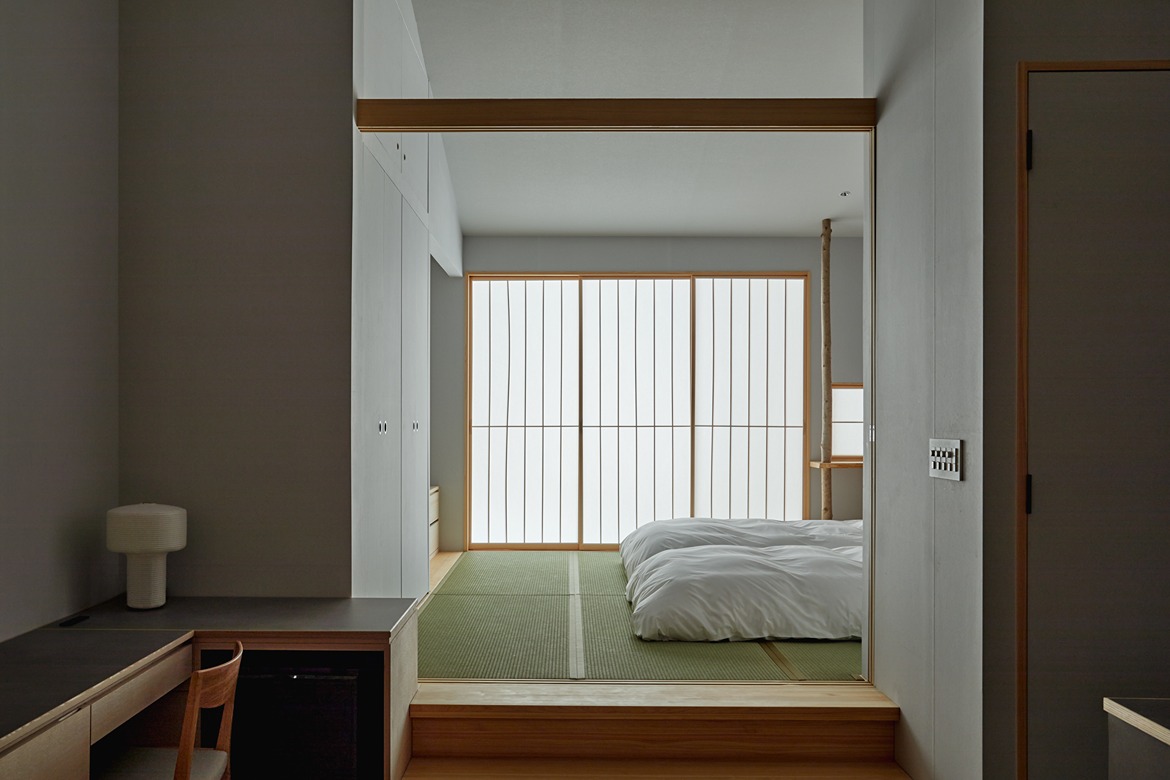


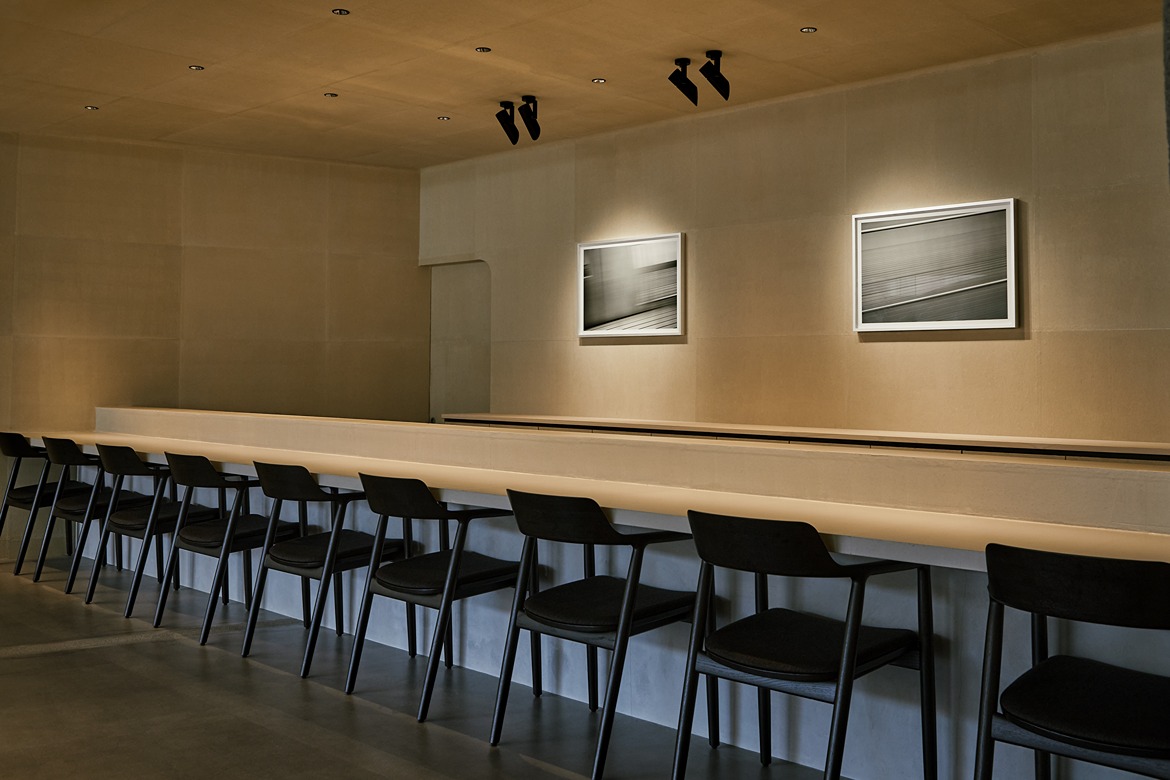
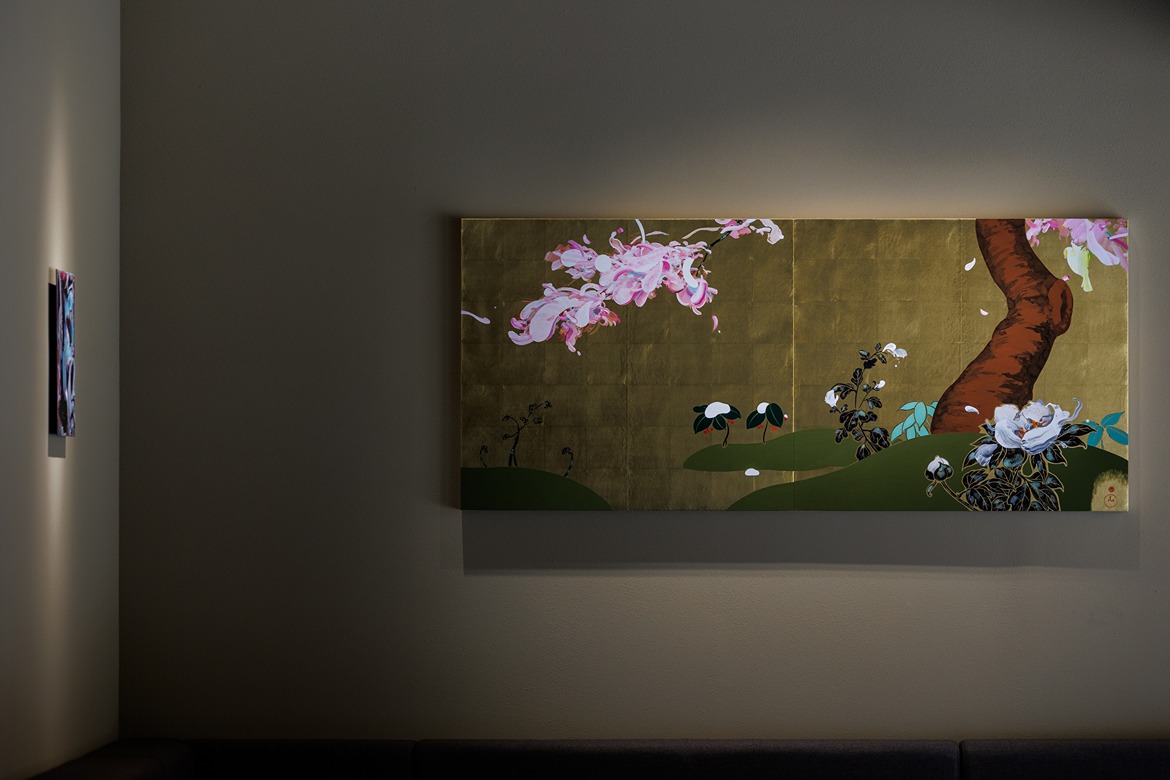


INDESIGN is on instagram
Follow @indesignlive
A searchable and comprehensive guide for specifying leading products and their suppliers
Keep up to date with the latest and greatest from our industry BFF's!
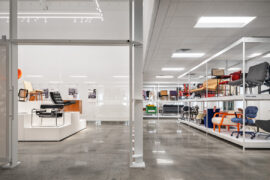
The undeniable thread connecting Herman Miller and Knoll’s design legacies across the decades now finds its profound physical embodiment at MillerKnoll’s new Design Yard Archives.

Welcomed to the Australian design scene in 2024, Kokuyo is set to redefine collaboration, bringing its unique blend of colour and function to individuals and corporations, designed to be used Any Way!

London-based design duo Raw Edges have joined forces with Established & Sons and Tongue & Groove to introduce Wall to Wall – a hand-stained, “living collection” that transforms parquet flooring into a canvas of colour, pattern, and possibility.
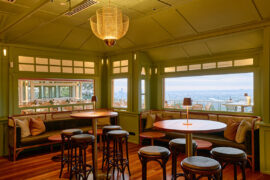
A multi-million dollar revitalisation of the heritage-listed venue at Brisbane’s beauty spot has been completed with The Summit Restaurant.

Lighting becomes storytelling in the hands of Bocci and Moooi – brands championed by Space Furniture.
The internet never sleeps! Here's the stuff you might have missed
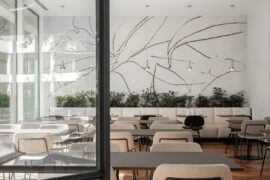
Hospitality is evolving fast, demanding interiors that can flex as quickly as guest expectations. From modular seating to stackable silhouettes, Bowermans brings global design brands and local know-how to help designers shape spaces that perform as well as they inspire.
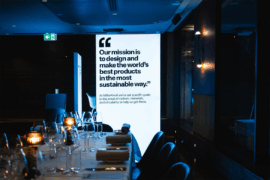
MillerKnoll reimagines the convention of dinner table interactions by plating up a future-forward menu of sustainable design conversation starters as part of the inspiring “Conversations for a Better World” event series.
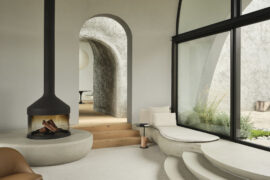
Leeton Pointon Architects and Allison Pye Interiors have been awarded as the winner of The Living Space at the INDE.Awards 2025 for their exceptional project House on a Hill. A refined and resilient multigenerational home, it exemplifies the balance of architecture, interior design and landscape in creating spaces of sanctuary and connection.